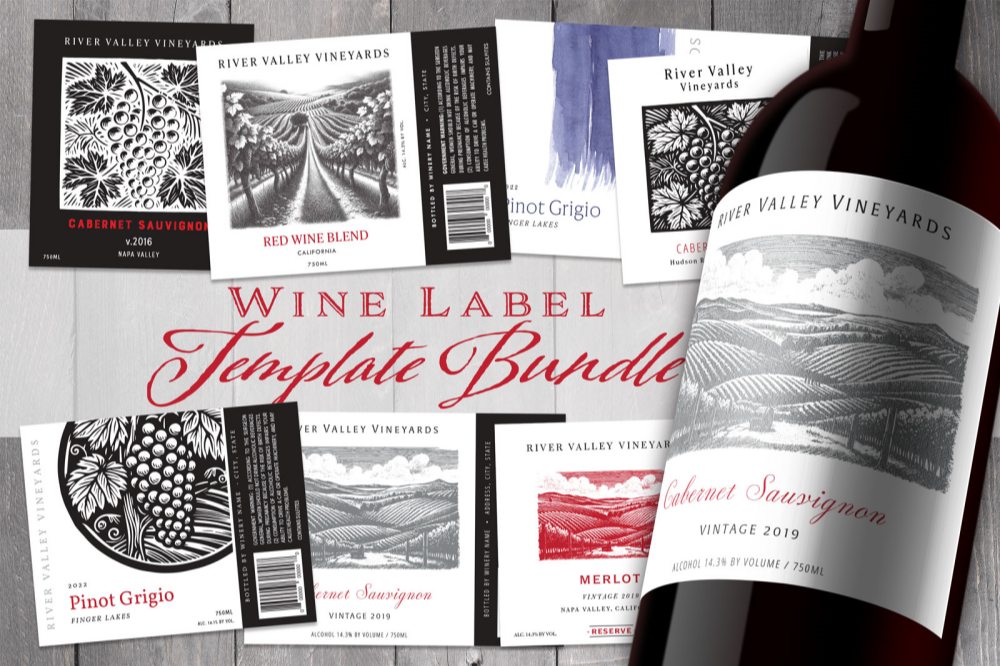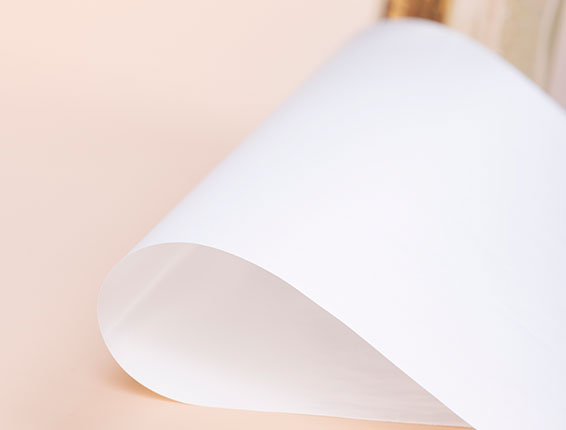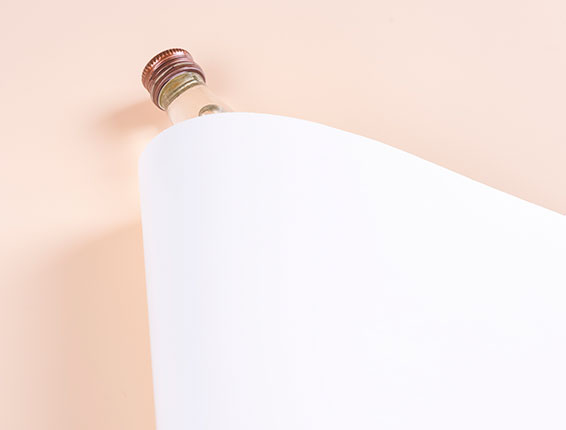Labels and stickers are often used interchangeably, but they serve distinct purposes and are designed for different applications. Whether you’re a business owner, marketer, or DIY enthusiast, understanding their unique features ensures you choose the right product for your needs. Below, we break down their similarities, differences, materials, formats, and ideal use cases.
How Labels and Stickers Are Similar
Both labels and stickers are adhesive-backed materials used to convey information, decorate surfaces, or promote brands. Key similarities include:
- Adhesive Properties: Both rely on glue or sticky backing to attach to surfaces.
- Customization: They can be printed with text, graphics, barcodes, or logos.
- Durability: Many are designed to withstand water, UV rays, or abrasion, depending on materials.
- Versatility: Used across industries like retail, logistics, food packaging, and personal projects.
Despite these overlaps, their design, functionality, and applications differ significantly.
What Are Labels?

Label paper serve a fundamental purpose in both commercial and personal settings - to clearly identify and communicate essential information. These practical tools help businesses and individuals convey important details about products, packages, and organizational systems with clarity and professionalism.
The applications of labels are remarkably diverse. In commercial environments, they play vital roles across multiple areas. Product packaging relies on labels to display names, ingredients, branding elements and regulatory information for items ranging from food and beverages to cosmetics and pharmaceuticals. The shipping and logistics sector depends on labels to ensure accurate deliveries through address information, tracking numbers and scannable barcodes. Warehouses utilize labels extensively for inventory management, marking shelves, storage bins and containers to maintain operational efficiency. Beyond commercial uses, labels bring organization to everyday life. In offices, they help maintain order through file folder identification and name tags. Homes benefit from labels for everything from pantry organization to personal belongings. This versatility makes labels indispensable tools for both professional and personal organizational needs.
Common Label Materials and Formats
Materials
- Paper: Economical for short-term use (e.g., shipping labels).
- Polypropylene/Polyester: Waterproof and tear-resistant for harsh environments.
- Vinyl: Durable for outdoor or industrial use.
Formats
- Sheets (for manual application).
- Rolls (compatible with label printers).
Key Features of Labels
- Permanent Adhesive: Designed to stay intact for long periods.
- Regulatory Compliance: Meet industry standards (e.g., FDA-approved food labels).
- Machine-Readable: Include barcodes or QR codes for scanning.
Our Products
-
Materials: wood pulp
-
Grammage: 80-95 gsm
-
Width: 350/1200 mm
-
Certifications: fsc; ISO 9001
-
-
Materials: wood pulp
-
Grammage: 59-85 gsm
-
Width: 350/1700 mm
-
Certifications: FSC, ISO 9001
-
-
Materials: wood pulp
-
Grammage: 59-85 gsm
-
Width: 350/1700 mm
-
Certifications: fsc, ISO 9001
-
Materials: wood pulp
-
Grammage: 59-85 gsm
-
Width: 350/1700 mm
-
Certifications: fsc; SGS; ISO 9001
What Are Stickers?

Stickers offer a vibrant and expressive alternative to traditional labels, serving as creative tools that combine visual appeal with practical functionality. While labels prioritize clear information delivery, stickers excel at capturing attention and showcasing personality. Their versatility makes them ideal for both promotional and personal applications, from brand marketing to individual self-expression.
Businesses frequently leverage stickers as powerful marketing tools, using custom designs for product packaging, trade show giveaways, and customer loyalty programs. These adhesive brand ambassadors help companies increase visibility while fostering community engagement. Meanwhile, artists, influencers, and individuals use stickers to personalize everyday items like laptops, water bottles, and vehicles, transforming ordinary objects into unique statements of style. Durability is a key strength of quality stickers, with most crafted from resilient materials like vinyl or premium films that withstand various environmental challenges. Advanced protective finishes, including UV lamination, ensure these colorful creations maintain their vibrancy despite exposure to sunlight, moisture, and daily wear. This combination of eye-catching design and lasting performance makes stickers equally effective for short-term promotions and long-term decorative applications.
Sticker Formats: Die-Cut vs. Kiss-Cut

- Die-Cut Stickers: Cut to the exact shape of the design (e.g., a custom logo).
- Kiss-Cut Stickers: Cut through the sticker layer but leave the backing intact for easy peeling.
Key Features of Stickers
- Removable Adhesive: Many stickers are designed for easy removal without residue.
- Visual Appeal: Vibrant colors, glossy/matte finishes, or holographic effects.
- Flexibility: Used on curved or uneven surfaces like laptops, cars, or notebooks.
Labels vs. Stickers: When to Use Each
Use Labels When You Need:
- Durability: Labels withstand extreme temperatures, moisture, or chemicals.
- Compliance: Legal requirements (e.g., nutrition facts, hazardous material warnings).
- Permanent Adhesion: Labels stay put for years without peeling.
Examples: Food packaging labels, warehouse inventory tags, pharmaceutical instructions.
Use Stickers When You Need:
- Aesthetic Appeal: Eye-catching designs for marketing or personal use.
- Temporary Application: Removable stickers for limited-time promotions or décor.
- Versatility: Apply to unconventional surfaces like glass, fabric, or vehicles.
Examples: Branded laptop stickers, seasonal window decals, kids’ reward charts.
Final Thoughts
While labels and stickers share adhesive properties, their core purposes set them apart. Labels prioritize functionality and compliance, making them essential for industries like manufacturing, healthcare, and logistics. Stickers focus on creativity and engagement, ideal for branding, promotions, or personal projects. By selecting the right material, adhesive type, and format, you’ll maximize impact—whether you’re labeling a product or creating a viral sticker campaign. Always consider durability, surface compatibility, and design goals to make the best choice! Feel free to contact us!



































